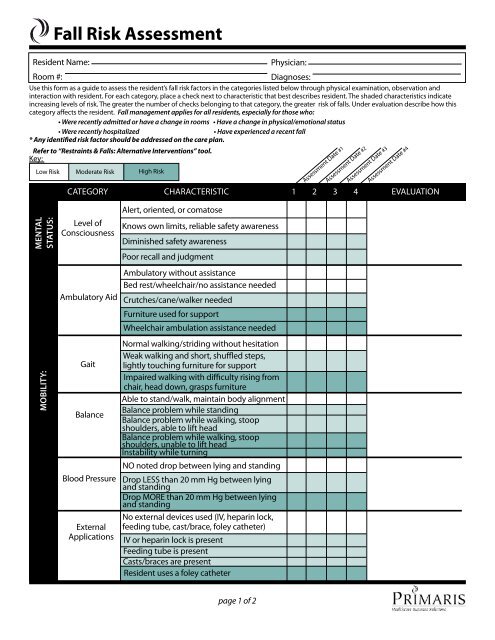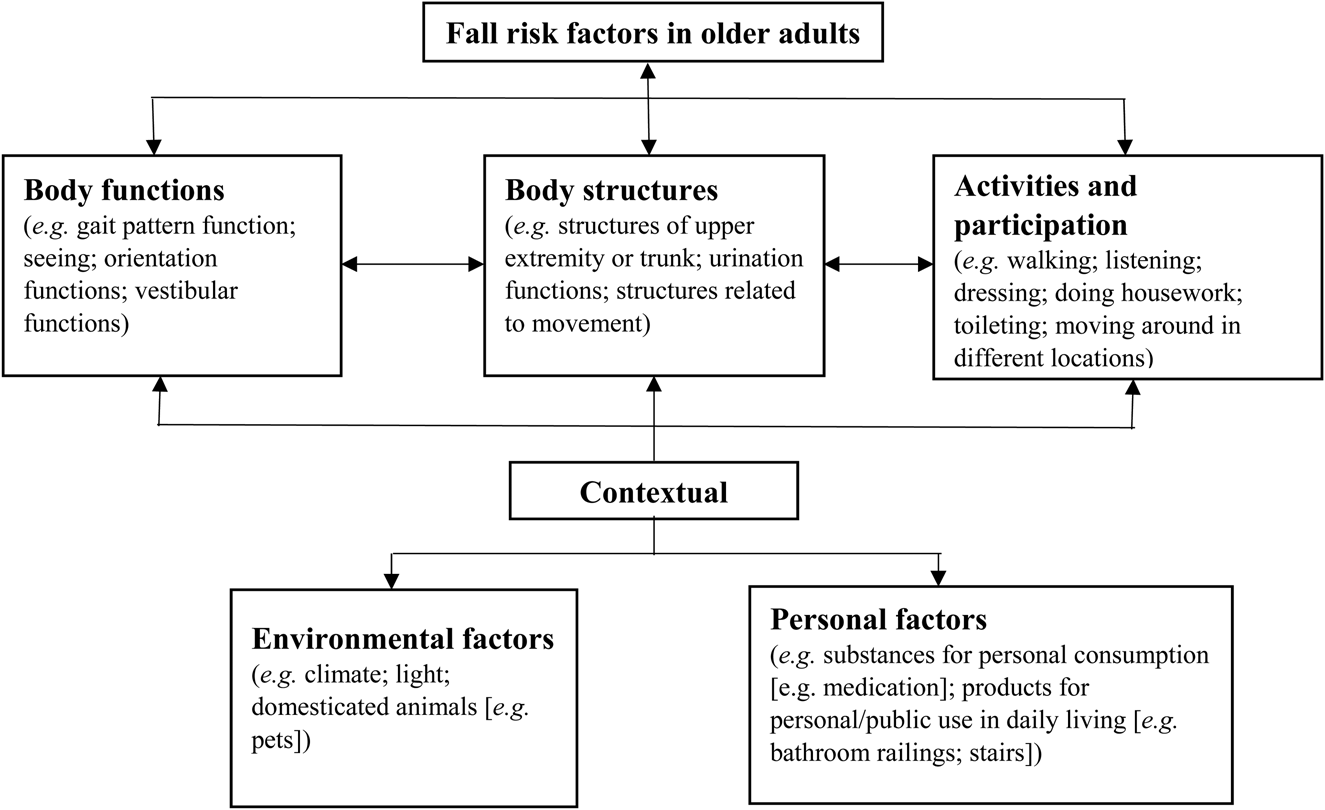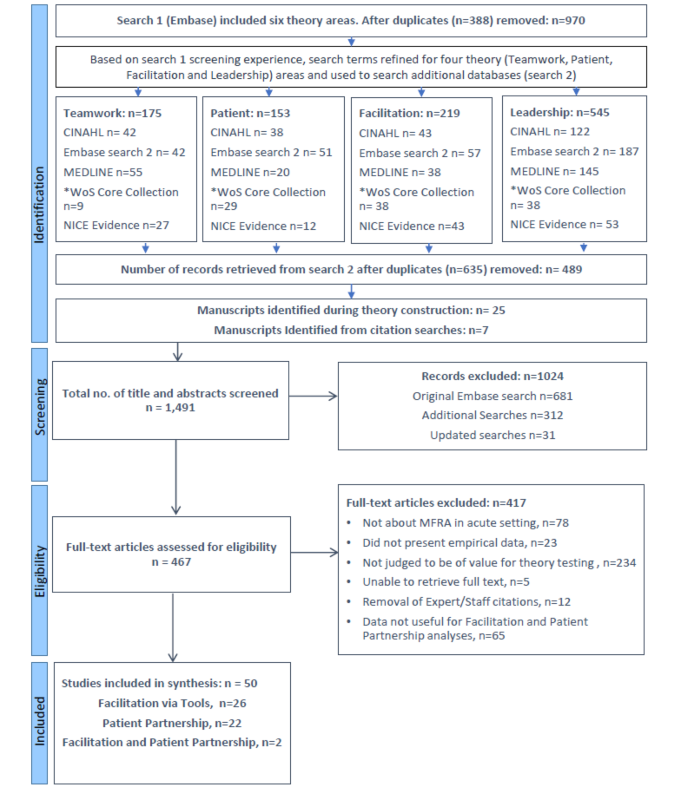The 9-Second Trick For Dementia Fall Risk
Table of ContentsThe 8-Second Trick For Dementia Fall RiskLittle Known Questions About Dementia Fall Risk.Some Known Details About Dementia Fall Risk All about Dementia Fall RiskNot known Details About Dementia Fall Risk
Ensure that there is a designated location in your clinical charting system where personnel can document/reference ratings and document appropriate notes related to fall prevention. The Johns Hopkins Autumn Risk Assessment Device is one of numerous devices your personnel can utilize to help prevent adverse medical occasions.Patient falls in hospitals are typical and devastating unfavorable events that continue in spite of decades of effort to decrease them. Improving communication across the evaluating registered nurse, care group, individual, and client's most included family and friends might reinforce autumn avoidance efforts. A group at Brigham and Female's Health center in Boston, Massachusetts, looked for to establish a standard fall prevention program that centered around improved interaction and person and family involvement.

The advancement team stressed that effective execution depends on person and team buy-in, combination of the program into existing workflows, and integrity to program procedures. The team noted that they are coming to grips with how to ensure continuity in program application throughout durations of crisis. Throughout the COVID-19 pandemic, for example, a rise in inpatient drops was linked with limitations in person interaction in addition to constraints on visitation.
Dementia Fall Risk for Dummies
These occurrences are typically thought about avoidable. To execute the treatment, organizations need the following: Access to Loss TIPS sources Fall pointers training and retraining for nursing and non-nursing personnel, consisting of new nurses Nursing workflows that permit individual and family involvement to conduct the drops evaluation, make sure use of the prevention plan, and perform patient-level audits.
The outcomes can be extremely damaging, frequently increasing person decrease and causing longer healthcare facility stays. One research study approximated remains raised an extra 12 in-patient days after a client loss. The Loss TIPS Program is based upon appealing patients and their family/loved ones throughout three primary processes: analysis, personalized preventative interventions, and bookkeeping to make certain that patients are taken part in the three-step loss prevention procedure.
The client analysis is based upon the Morse Autumn Range, which is a verified autumn danger assessment tool for in-patient hospital settings. The scale consists of the six most usual factors individuals in health centers drop: the person fall history, risky problems (consisting of polypharmacy), use IVs and other outside gadgets, psychological condition, stride, and flexibility.
Each risk factor web links with one or even more actionable evidence-based treatments. The nurse creates a plan that integrates the treatments and shows up to the care group, patient, and family on a laminated poster or published aesthetic help. Nurses create the plan while consulting with the individual and the client's household.
Some Known Factual Statements About Dementia Fall Risk
The poster functions as an interaction tool with other members of the patient's treatment team. Dementia Fall Risk. The audit component of the program consists of analyzing the person's knowledge of their threat variables and avoidance plan at the system and healthcare facility degrees. Registered nurse champs perform a minimum of 5 specific meetings a month with people and their family members to look for understanding of the autumn avoidance strategy

An approximated 30% of these drops cause injuries, which can range in intensity. Unlike other negative occasions that call for a standard scientific response, fall prevention depends very on the needs of the client. Including the input of people that know the individual ideal enables greater modification. This method has actually shown to be more reliable than autumn avoidance programs that are based mainly on the manufacturing of a danger score and/or are not customizable.
10 Easy Facts About Dementia Fall Risk Shown

Based upon bookkeeping results, one website had 86% compliance and two websites had more than 95% conformity. A cost-benefit evaluation of the Autumn pointers program in 8 health centers approximated that the program cost $0.88 per patient to apply and led to cost savings of $8,500 per 1000 patient-days in straight costs connected to the prevention of 567 tips over three years and 8 months.
According to the technology group, companies thinking about applying the program must carry out a preparedness evaluation and falls prevention spaces evaluation. 8 In addition, companies should make certain the necessary infrastructure and operations for implementation and develop an execution strategy. If directory one exists, the organization's Fall Avoidance Job Pressure must be entailed in preparation.
The Best Guide To Dementia Fall Risk
To begin, companies ought to guarantee conclusion of training components by nurses and nursing assistants - Dementia Fall Risk. Healthcare facility staff ought to assess, based on the needs of a hospital, whether to utilize a digital health and wellness record hard copy or paper version of the autumn prevention strategy. Executing groups need to recruit and train see this here nurse champions and develop procedures for auditing and reporting on loss information
Team require to be associated with the process of upgrading the operations to involve individuals and household in the evaluation and prevention strategy procedure. Equipment needs to be in place so that devices can comprehend why a loss happened and remediate the cause. More especially, nurses should have networks to offer recurring responses to both staff and device management so they can readjust and improve loss avoidance operations and connect systemic problems.